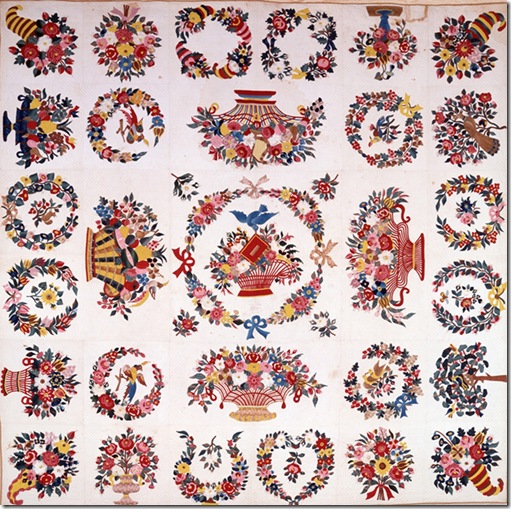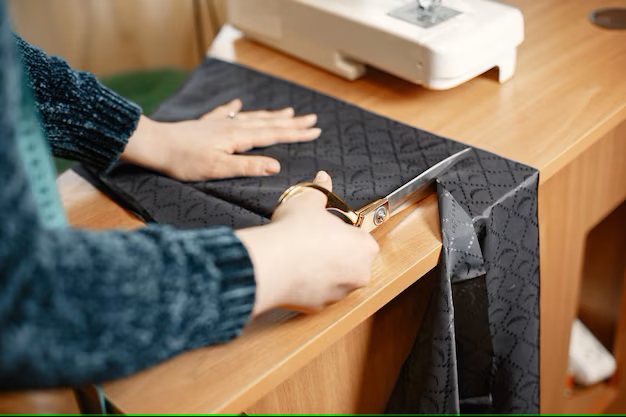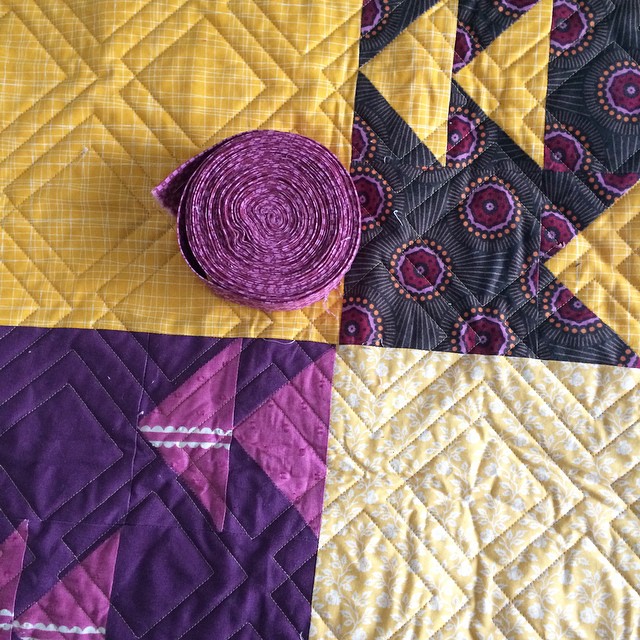Timeless Elegance of 1950s Dresses
The allure of mid-20th century fashion continues to captivate hearts and inspire contemporary wardrobes. This remarkable period in clothing design is characterized by its distinctive silhouettes and vibrant patterns, reflecting a unique blend of cultural influences and artistic innovation. Each piece from this captivating era tells a story, offering a glimpse into the social dynamics and aspirations of its time.
The garments of this enchanting epoch are renowned for their feminine touches, emphasizing grace and charm. From flared skirts to cinched waists, these creations showcase the artistry of tailoring and the importance of individual expression. Bright colors and delightful prints add to the character, allowing wearers to embody the spirit of optimism and creativity that defined the age.
As we delve into this fascinating world, we’ll uncover the signature elements that make these ensembles so memorable. From the fabrics to the embellishments, each detail contributes to a rich tapestry of fashion history, inviting enthusiasts to embrace the nostalgia and sophistication that remain relevant today.
Discover Iconic Silhouettes of the 1950s
The mid-20th century marked a turning point in fashion history, characterized by distinct shapes and figures that have left an indelible mark on the world of clothing. This era was all about celebrating femininity through flattering designs that accentuated natural curves. With a focus on craftsmanship and luxurious materials, the silhouettes developed during this time remain influential to this day.
- Hourglass Shape: The quintessential form of this period, emphasizing a cinched waist and flared skirt.
- A-Line Design: This silhouette gently widens from the shoulders or waist, creating a soft, flowing effect.
- Full Skirts: Often crafted with layers of tulle or crinoline, these voluminous styles were ideal for dancing and social events.
- Sheath Cut: A sleek and form-fitting design, perfect for showcasing a woman’s figure without excessive frills.
- Tea-Length Hem: This length, falling between the knee and ankle, offered a sophisticated yet playful look.
Each of these shapes captured the spirit of an era focused on femininity and grace, allowing for a variety of expressions and styles that continue to inspire modern fashion creators. The imagination and artistry of this time transformed clothing into a statement of identity and allure.
Fabrics and Patterns That Defined the Era
The mid-20th century was characterized by an array of textiles and designs that significantly influenced fashion. The choice of material not only affected the look but also the feel of the clothing, contributing to the cultural narrative of that time. Patterns played an essential role, offering a visual representation of the vibrancy and dynamism of post-war life. This section delves into the various fabrics and motifs that became synonymous with this remarkable period.
Popular Fabrics of the Time
- Cotton: Lightweight, breathable, and versatile, cotton became a staple for casual wear. Its comfort made it a favored choice for everyday attire.
- Silk: Known for its luxurious feel, silk was often used for evening and formal wear, adding a touch of sophistication.
- Linen: Valued for its freshness and ability to keep cool in warm weather, linen was commonly utilized in summer clothing.
- Rayon: A synthetic fiber that mimicked silk, rayon allowed for vibrant colors and patterns while being more affordable.
Iconic Patterns of the Era
- Polka Dots: This playful motif was immensely popular, often associated with fun and femininity.
- Stripes: Vertical and horizontal stripes provided a classic look, often used in both casual and formal ensembles.
- Blooming patterns symbolizing growth and renewal were prevalent in various garments and added a romantic touch.
- Checks and Plaids: This pattern reflected a more traditional aesthetic and was frequently incorporated into daywear.
The integration of these fabrics and patterns not only shaped individual garments but also influenced the overall fashion landscape, reflecting the ethos of a transformative era.
Color Palettes Reflecting Mid-Century Style
The hues embraced during the mid-20th century evoke a vibrant and nostalgic atmosphere that continues to inspire fashion and design to this day. The specific combination of shades not only demonstrates the aesthetic preferences of the era but also captures the spirit of innovation and change prevalent during those years. Understanding these color schemes offers a glimpse into the cultural landscape that shaped numerous creations seen in this period.
Iconic Shades of the Era
Key color themes included soft pastels like mint green, baby blue, and pale pink, creating an inviting and fresh ambiance. These gentle tones were often contrasted with bold and radiant colors such as deep red, turquoise, and mustard yellow, adding a dynamic flair to ensembles. The blend of both vibrant and subdued colors characterized the original concepts of mid-century fashion.
Patterns and Combinations
In addition to solid colors, patterns such as polka dots, gingham, and floral motifs played a significant role in defining the visual language of this time. The clever use of color combinations within these patterns not only showcased creativity but also influenced the overall expressiveness of garments. Layering shades and employing distinct motifs created an eye-catching aesthetic that remains iconic in contemporary fashion.
Cultural Influences on Fashion Choices
The interplay between culture and fashion represents a fascinating narrative where societal beliefs, regional customs, and historical events converge to shape personal expression through clothing. Various influences interact to form a rich tapestry of styles that reflect not only aesthetic preferences but also underlying values and identities. Such connections often reveal how fashion can serve as a mirror of the times, reflecting the spirit of an era.
Global Inspirations
Cultural exchange has long played a significant role in fashion evolution. From the vibrant textiles of Africa to the intricate patterns of Southeast Asia, diverse cultural heritages contribute unique elements that enhance design. These influences can be traced through popular motifs, materials, and silhouettes that resonate with people across different backgrounds.
Social Movements and Their Impact
Throughout history, various social movements have left an indelible mark on fashion sensibilities. Celebrations of freedom, equality, and community values often manifest in clothing choices. The response to these movements not only signifies personal belief systems but also inspires designers to innovate and redefine traditional aesthetics.
| Cultural Source | Fashion Element | Impact on Trends |
|---|---|---|
| African Textiles | Bold prints and colors | Inspiration for statement pieces |
| Japanese Design | Asymmetrical silhouettes | Influencing minimalist aesthetics |
| Latin American Heritage | Embroidered patterns | Revival of artisan craftsmanship |
| Middle Eastern Patterns | Intricate geometric designs | Integration of versatile fashion elements |
The Impact of Hollywood on Dress Design
The influence of the motion picture industry on fashion design has been profound and far-reaching. Glamorously costumed scenes have not only captivated audiences but have also dictated trends that permeate everyday life. From iconic film stars to the elaborate productions, cinema has served as a powerful catalyst for transforming societal perceptions of beauty and style.
Hollywood has long played a pivotal role in shaping the attire of generations. The dazzling ensembles worn by leading ladies and gentlemen set standards that were eagerly emulated by the public. Costume designers, with their creative prowess, have often been at the forefront of fashion innovation, inventing looks that blend artistry with practicality. These artistic masterpieces have inspired countless trends that resonate beyond the silver screen, influencing wardrobes around the globe.
The collaboration between couturiers and filmmakers has resulted in remarkable creations that capture the imagination. Iconic pieces regularly find their origins in the cinematic universe, where fantasy and reality intertwine. This symbiotic relationship not only amplifies a designer’s vision but also reinvents cultural ideas about personal expression through clothing.
Modern Reinterpretations of Vintage Looks
The contemporary fashion landscape frequently draws inspiration from past aesthetics, creatively reimagining iconic silhouettes and motifs. This blend of nostalgia and innovation results in clothing that pays homage to earlier eras while remaining relevant to today’s sensibilities. Designers and brands have embraced this movement, crafting pieces that evoke a sense of history intertwined with modern flair.
Key Elements of Modern Vintage-Inspired Fashion
- Silhouette Play: Modern garments often feature classic hourglass shapes, enhanced with contemporary tailoring techniques that provide comfort and movement.
- Fabrics and Patterns: A revival of rich textiles, delicate prints, and vivid colors reminiscent of bygone days creates a perfect fusion of old and new.
- Accessories: Statement jewelry, retro hats, and stylish handbags elevate the overall look, giving a nod to the fashion of previous decades.
- Casual Versatility: Vintage-influenced designs are reinterpreted to fit casual lifestyles, enabling wearers to enjoy a chic, laid-back style.
Prominent Trends in Modern Interpretations
- High-Waisted Bottoms: These have made a comeback, often paired with contemporary tops for a balanced visual appeal.
- Full Skirts: Swirling skirts remain a favorite, fashioned in lighter fabrics, perfect for both casual outings and formal events.
- Bold Prints: Floral and geometric patterns from the past are reimagined with a modern twist, appealing to a new generation.
- Mix and Match: Combining elements from different eras creates a unique personal style, celebrating individuality while reflecting historical influences.
This enchanting blend of the archival past and progressive style serves not only to honor fashion history but also to empower individuals with unique expressions of identity through their wardrobe choices.
Q&A: 1950s dresses
What makes a “vintage dress” authentic, and how can I ensure I’m buying a true 1950s piece?
A true “vintage dress” from the 1950s will often feature fabrics and stitching methods unique to that era, like rayon or heavy cotton, and might show signs of wear or patina. Look for labels from popular brands of the 1950s, examine seams for hand-stitching, and verify that any zippers or buttons match the style and materials common in that decade.
How can I style a “swing dress” for a modern event without losing its vintage charm?
Pair a “swing dress” with contemporary accessories like a sleek belt or minimalist jewelry. Try modern heels or flats to keep the look fresh while still honoring the dress’s iconic, full-skirted silhouette, perfect for a 50s-inspired style update.
Why is the “vintage 1950s” aesthetic popular among fashion lovers today?
The “vintage 1950s” aesthetic is beloved for its elegance, timeless silhouettes, and attention to detail, like structured bodices and flattering skirts. Fashion lovers admire this era for its versatility—whether it’s a cocktail dress or casual summer dress, the style still resonates with modern elegance and femininity.
How does a “50s” style “cocktail dress” differ from today’s party dresses?
A “50s” cocktail dress typically emphasizes an hourglass silhouette with fitted bodices and voluminous skirts, often tea-length, perfect for creating a classic, elegant look. Modern party dresses vary more in style and length, while 50s-inspired cocktail dresses often capture a sophisticated, timeless appeal.
What defines a “1950s vintage” party dress and where can I find one?
A “1950s vintage” party dress typically features a fitted bodice and a full, swing skirt, creating an hourglass shape. They are often crafted from fabrics like taffeta or satin. For authentic or high-quality replicas, check vintage boutiques or specialized online retailers that carry vintage-inspired pieces.
Is a “vintage 1950s dress” suitable for formal occasions today, like weddings or galas?
Absolutely, a “vintage 1950s dress” can be a stunning choice for formal occasions, thanks to its timeless style. Dresses with elegant details like lace or floral embroidery, especially with a flattering swing or wiggle silhouette, can add sophistication and a unique touch to any event.
What are the key features of a “rockabilly” inspired “50s dress” for a retro party?
A “rockabilly” inspired 50s dress often includes bold prints, such as polka dots or cherries, a fitted bodice, and a full skirt, capturing the rebellious yet playful spirit of the era. Adding accessories like a wide belt and red lipstick completes the rockabilly look.
How can I choose the right “plus size” 1950s “midi dress” for my body shape?
For a “plus size” 1950s midi dress, look for dresses with a structured bodice and a flared skirt to enhance the waist. A sweetheart or halter neckline can be very flattering, creating a vintage-inspired silhouette that complements curves beautifully.
What is the difference between a “halter” dress and a “shirt dress” from the 1950s?
A “halter” dress features a neckline that ties around the neck, leaving the shoulders bare, ideal for evening or cocktail parties. A “shirt dress” has a more casual feel, often with buttons down the front and a structured collar, making it perfect for daywear in a vintage 50s style.
How can I create an “Audrey Hepburn” inspired look with a “little black” dress?
To achieve an “Audrey Hepburn” inspired look, choose a “little black” dress with a simple, fitted silhouette. Add a strand of pearls, elbow-length gloves, and classic pumps. Keeping accessories minimal and refined captures the iconic elegance that Audrey made famous in the 50s.



